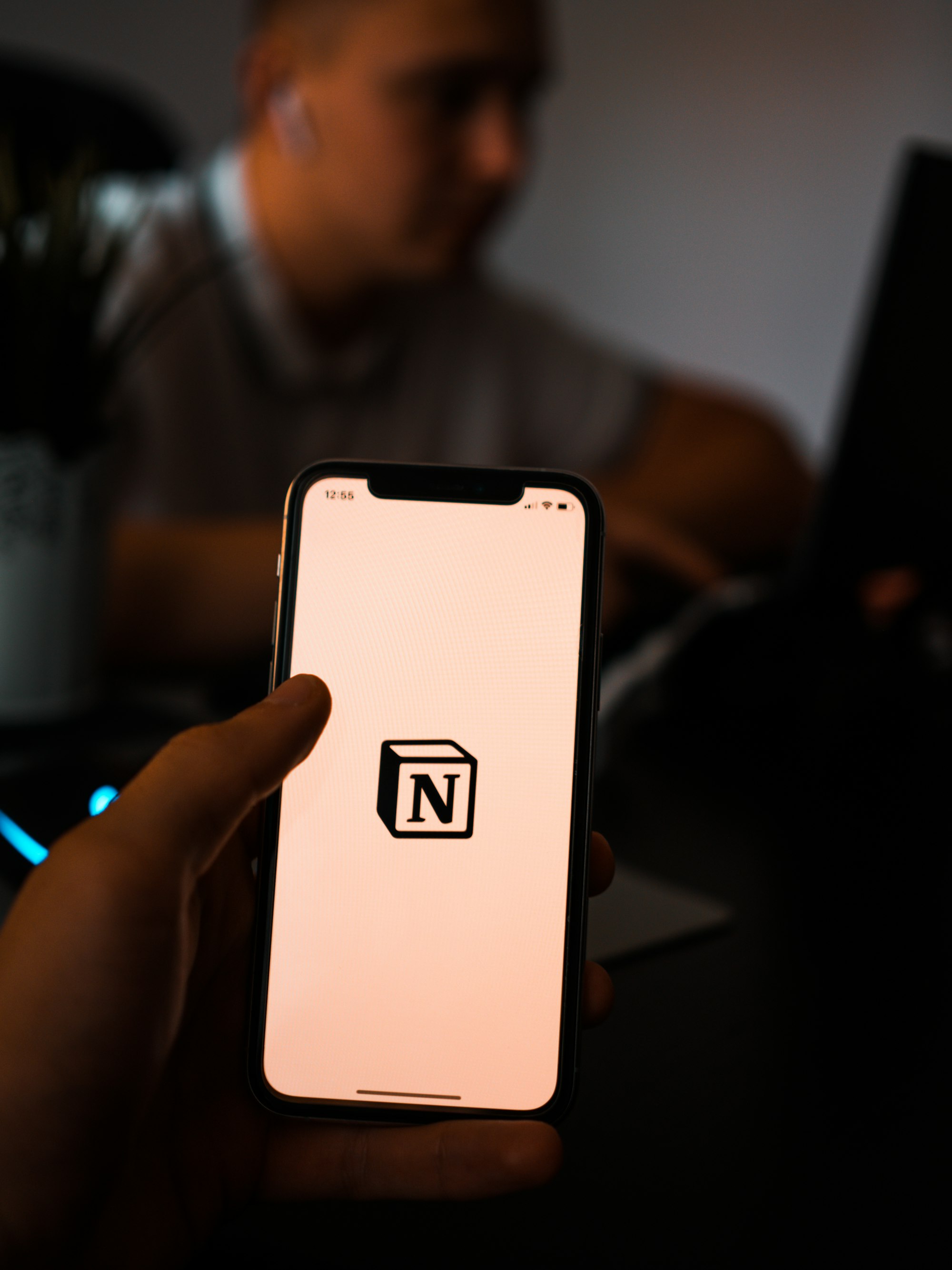Table of contents
I have been trying to find a suitable note-taking method for a long time.
Over the years, I have learned that most people who take notes fail because they don't actively test themselves on their notes.
They think it is important to write down everything the teacher says and never realize their excessive note-taking is actually holding them back. It took me quite a while to learn this lesson, too.
Before going into depth about the Cornell Method, we will look at WHAT to capture. Ask yourself the following questions:
If you are at university or school and attend the course to pass a final exam: "What does the teacher want me to know for the test?"
This will radically influence what you focus on when taking notes.
If you attend an Online-NLP-Course to solve all your problems: "What information is important that might contribute to solving my problem?"
The Cornell Method: It combines note-taking with active recall, and consists of the following steps:
- Take a sheet of paper.
- Draw a vertical line at 1/3rd of the page. Leave some space for a box at the bottom.
- The right 2/3rd of the page is used to take notes in class. On the left 1/3rd of the page, write down questions for yourself that test your knowledge.
- At the bottom of the page, summarize what you have learned (without looking at the notes).
You can also think about questions that might come up on the test after the lesson.
Of course, you can use the Cornell Method with digital note-taking apps like OneNote.
This also offers the feature where you can use the Microsoft pen.
Afterward, it is even possible to search for specific handwritten words.
If, like me, you dislike taking handwritten notes, try Notion.
It is the best note-taking app out there right now.

Read more on active recall and spaced repetition



Sign up for my Newsletter to receive study tips every single week.

